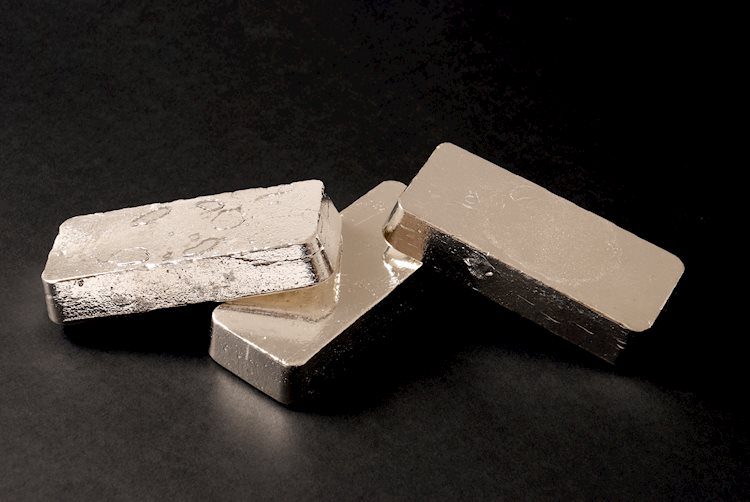Silver prices have been on the decline for three consecutive days, dropping 2.05% late in the North American session as investors take profits. This comes after the grey metal experienced a rapid rise over eleven days, with XAG/USD trading below the $29.20 mark. Technical analysis suggests that further selling pressure may be ahead, as the Relative Strength Index (RSI) fell below the 50-neutral line.
In terms of key support levels, XAG/USD may find initial support at the $29.00 psychological level, followed by the June 26 low at $28.57 and the 100-day moving average at $28.23. To see a bullish turn, Silver would need to surpass the $29.50 mark, with resistance levels at $30.17 and $31.00. Despite maintaining a bullish bias, buyers may struggle to gain traction given the current technical indicators pointing towards more selling.
Silver is a precious metal that is widely traded by investors, often used as a store of value or a potential hedge during periods of high inflation. While it may not be as popular as Gold, traders may turn to Silver to diversify their portfolios or take advantage of its intrinsic value. Investors can obtain physical Silver in the form of coins or bars, or trade it through Exchange Traded Funds that track its price on international markets.
The price of Silver can be influenced by a variety of factors, including geopolitical instability, economic recessions, interest rates, and the behavior of the US Dollar. Due to its industrial uses, such as in electronics and solar energy, demand for Silver can also impact its price. Additionally, dynamics in major economies like the US, China, and India play a role in determining Silver prices, as their industrial sectors heavily rely on the metal for various processes.
Silver prices often follow the movements of Gold, as both metals are considered safe-haven assets. The Gold/Silver ratio, which compares the value of the two metals, can provide insight into their relative valuations. A high ratio may indicate that Silver is undervalued or Gold is overvalued, while a low ratio could suggest the opposite. Understanding how these factors influence Silver prices can help investors make informed decisions when trading the precious metal.











